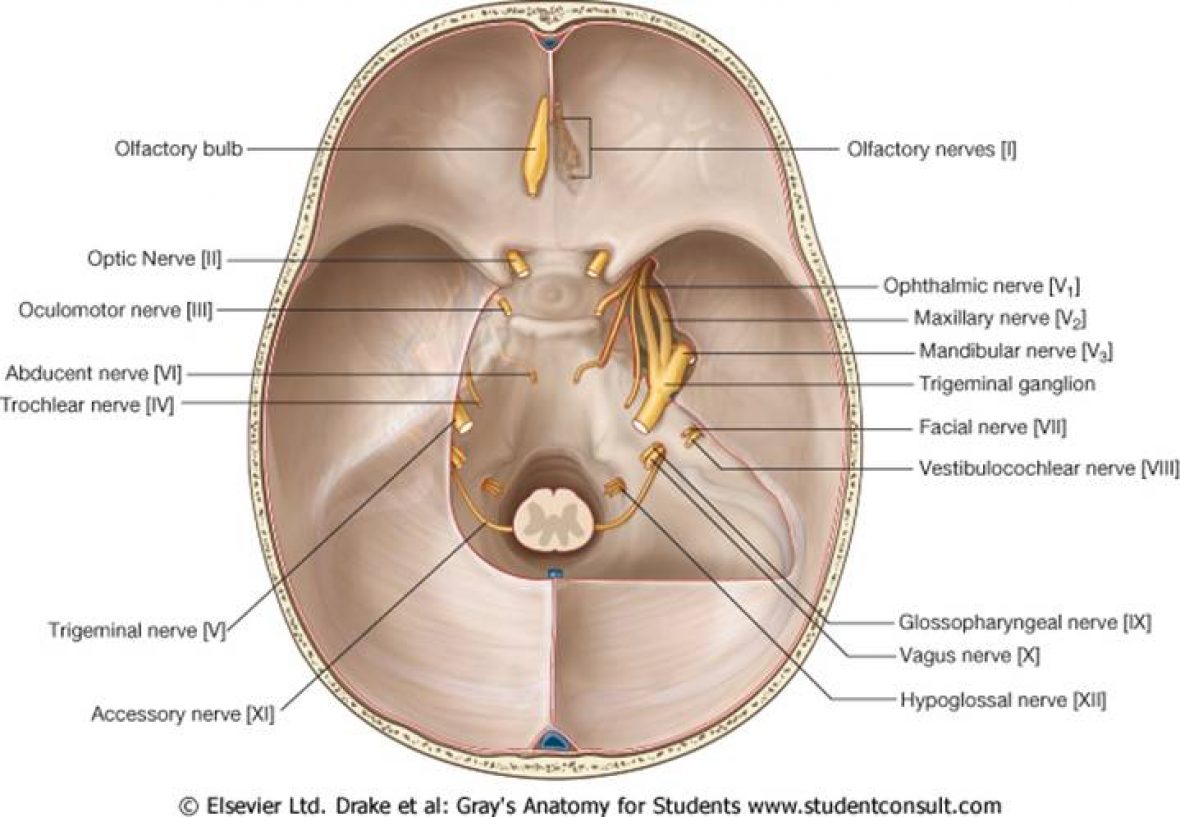Any elderly patient with confusion, fluctuating GCS, weakness (mimics of stroke) should have a chronic subdural haematoma as one of their key differential diagnosis
Chronic subdural haematoma’s are usually venous and occurr in elderly patients that cause cortical atrophy and stretching of the bridging veins that cause accumulation of blood within the sub-dural space.
They are challenging for a number of reasons:
- Elderly have multiple co-morbidities
- They are more common on patients who are on anti-coagulants. For those patients with specific anti-coagulation determinants e.g mechanical heart valves, there is often clinical dilemma for those patients that need to remain on or off their medication.
- Re-accumulation of the haematoma. This is due to the large space that remains from the dura and the cortex even once the haematoma has been evacuation- hence continuous tearing of the bridging veins and re-accumulation
- Compared to sub-dural hygroma’s (collection of CSF in the sub-dural space) sub-dural haematomas have membranes or septa making it difficult to remove a single burr-hole as the blood is compartmentalised
Risk Factors
- Elderly
- Anti-coagulants
- Frequent fallers
- Alcoholics
- Seizures
- VP Shunts (over-drainage of shunts)
A CT scan: hypodense cresenteric lesion. Here is the presence of locations within the cranial cavity thereby making this difficult to treat.

Management
- Like with all management A-E (ATLS protocol if trauma exists)
- Reversal of anti-coagulation if required
- Three management options: Conservative, Pharmacological and Surgical
Conservative
Do nothing if patient has no weakness, no focal neurology, no drop in GCS, than not all chronic sub-durals are managed surgically. Patients can be monitored with neuro-observations or discharged
Pharmacological
Contreversial but recent systematic review and meta-analysis had shown dexamethasone along with surgical management reduces the recurrence rate of chronic subdural haematoma’s
Surgical Management
Burr Hole Evacuation: either single hole or two holes with sub-dural drain in for 48 hours.
Craniotomy-for recurrent collections and those with loculations these patients may require a craniotomy.
Complications of Surgery
- Complications of general anaesthesia AND
- Re-collection
- Seizures
- Sub-dural Haematoma
- Pneumocephalus
- Intra-cererbral haematoma
Bonus Information
If a sub-dural haematoma occurrs spontaneously without history of trauma think:
- Anti-coagulation
- Dural AVM
- Aneurysm
- Tumour

